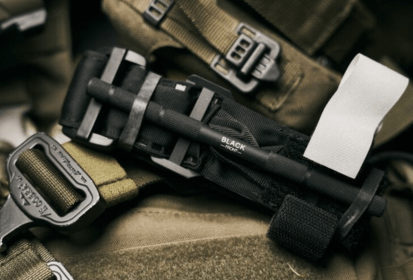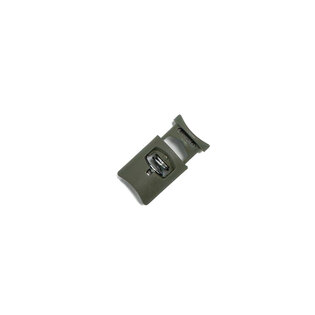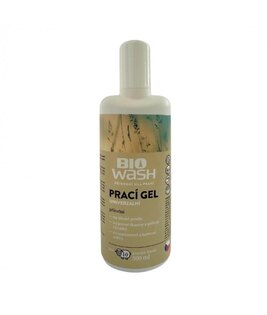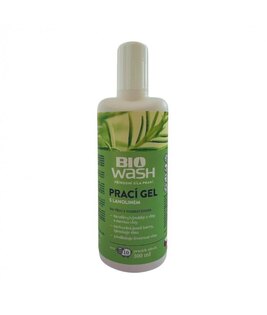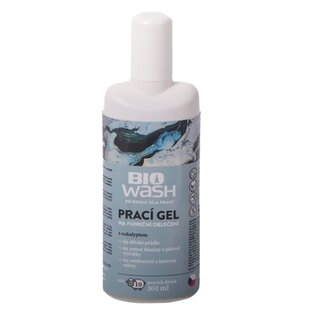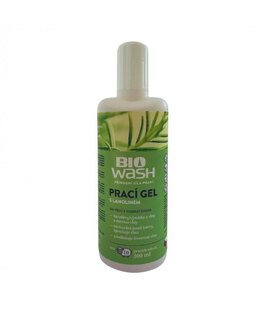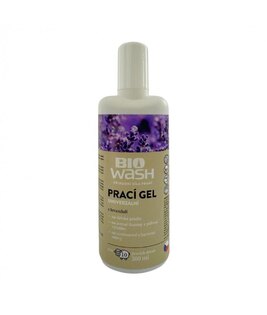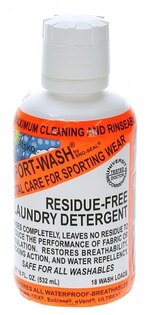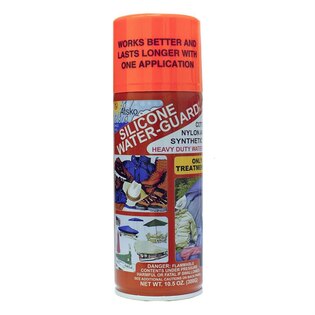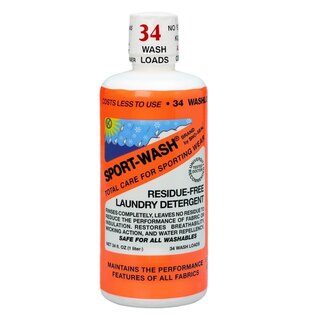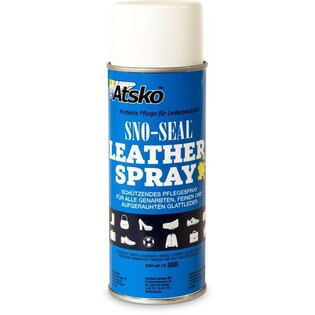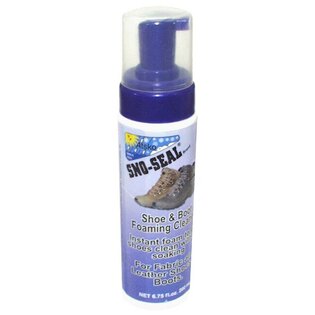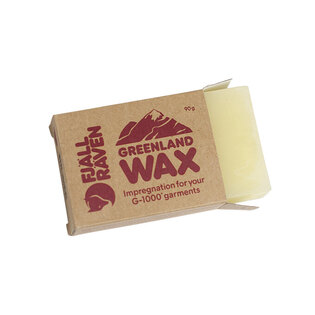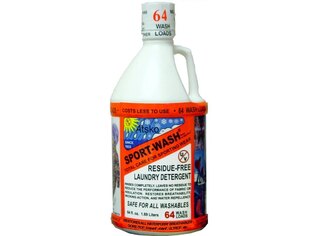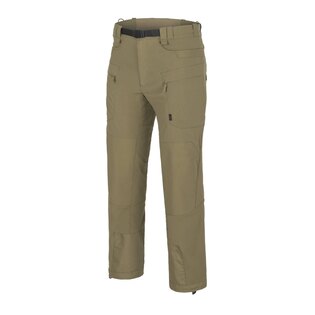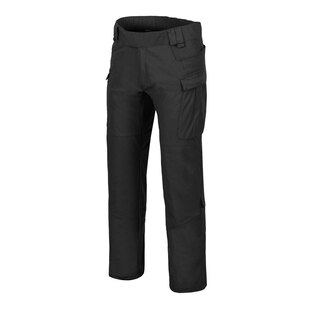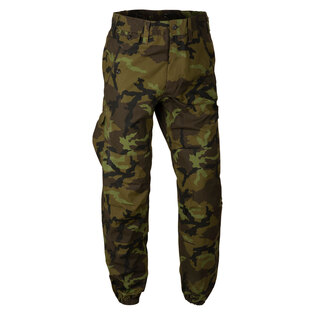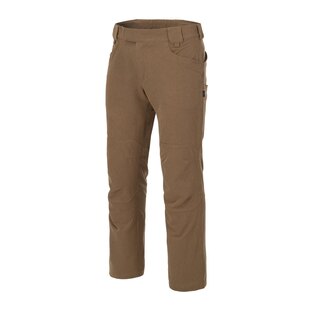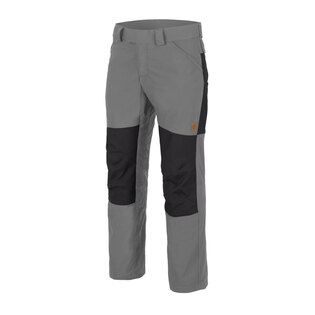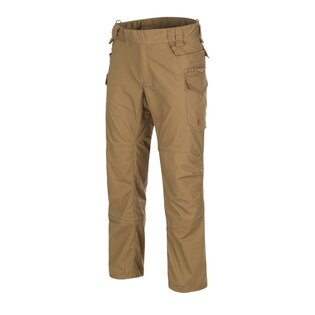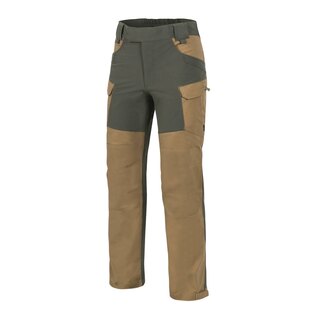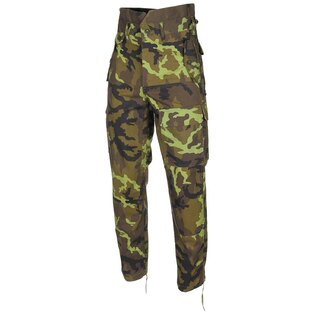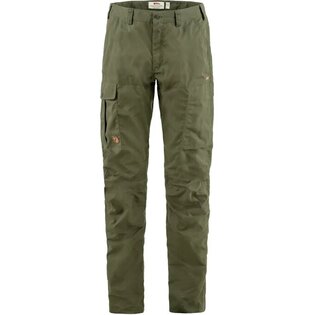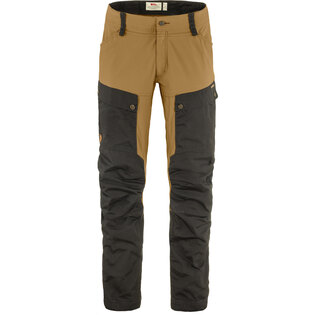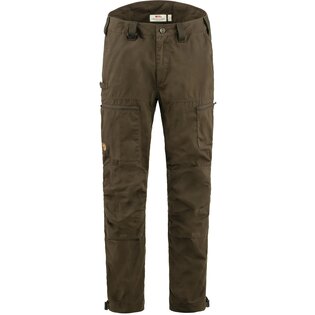Choosing the Right Outdoor Pants: Features, Fits, and Field-Tested Tips
Choosing the right pair of outdoor pants isn’t just about comfort—it’s also about function, durability, and the ability to adapt to conditions in the wild. If your pants rustle with every step or dig into awkward spots, it becomes harder to focus on the trail. Whether you're jumping over a mountain stream, gathering firewood, or relaxing by the fire after a long day, well-fitting technical pants with the right features—such as ripstop fabric, DWR coating, UPF protection, or stretch panels—help keep both your performance and your mood on track.
Types of Outdoor Pants: Standard, Convertible, and Roll-Up
- Standard long pants are a versatile option for trekking, camping, or daily wear. They offer protection from the sun, wind, insects, and rough terrain. When made from light and breathable materials, they’re comfortable even on longer hikes in warm weather.
- Convertible pants (2-in-1) have zip-off legs that turn them into shorts—ideal for changing weather, like chilly mornings and hot afternoons. They're space-saving in your backpack, but the zipper area can add weight or cause discomfort.
- Roll-up pants feature legs that can be rolled and secured in place—perfect for stream crossings or warm days. They can be adjusted quickly without removing your boots, adding flexibility and convenience in changing conditions.
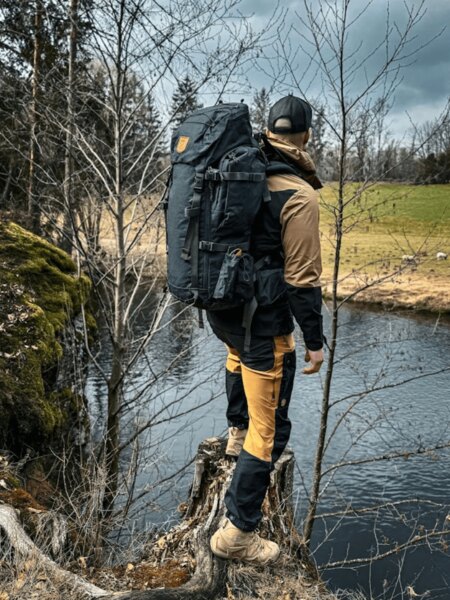
Fjällräven technical pants paired with a backpack, designed for multi-day treks. Perfect for changing weather and damp environments.
Key Outdoor Pant Materials and Their Properties
🔷 Polyester dries quickly, resists abrasion, and keeps its shape. It's a common base in fabric blends for outdoor clothing.
🔷 Cotton is breathable and pleasant to wear, but absorbs water and dries slowly—less suitable for wet weather.
🔷 Nylon is strong, lightweight, and extremely durable—great for rugged terrain and extended treks.
🔷 Elastane (Spandex) adds stretch. Even small amounts (5–10%) greatly increase comfort and mobility.
🔷 Mesh – Used as a lining or ventilation panel. Improves air flow and facilitates quick moisture wicking.
🔷 Ripstop fabric is reinforced to prevent tearing, making it ideal for demanding outdoor use.
🔷 Stretch panels in key zones allow for unrestricted movement when climbing, squatting, or hiking.
🔷 UPF protection helps block harmful UV rays. A UPF rating of 30 or higher is good; 40–50+ provides excellent sun protection—especially important in harsh, sunny environments.
Nordmarka Favor Outdoor Bergans®
Pants for anyone looking for functionality, comfort, and timeless style. The combination of polyester, wool, and organic cotton ensures breathability, mechanical durability, and a pleasant feel on the body. Suitable for all-day movement in nature – from hiking trips to multi-day treks. Sewn with a focus on sustainability and long-lasting durability.
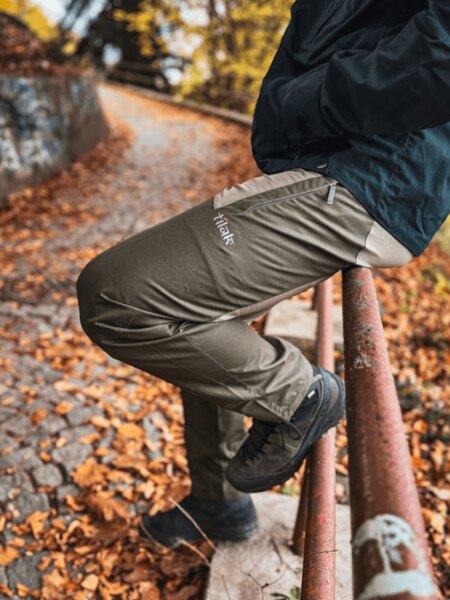
Lightweight softshell construction of Tilak pants in action. An ideal choice for autumn hikes or mild conditions in open terrain.
💧 DWR Care: How to Keep Your Pants Water-Repellent
DWR (Durable Water Repellent) is a surface treatment that causes water to bead up and roll off the fabric rather than soaking in. To keep it effective for as long as possible, proper care is essential.
🧼 How to Wash DWR-Treated Outdoor Pants
• Wash inside out on a gentle cycle (30 °C), without fabric softener.
• Use detergents specifically designed for technical garments.
• After washing, restore performance with gentle heat—such as tumble drying on low (if allowed by the label) or ironing through a towel.
🛡️ Signs Your DWR is Wearing Off
• Water no longer beads up and starts absorbing into the fabric.
• Pants take longer to dry than usual.
• Fabric appears darker or feels soaked after rain.
🧴 Reapplying Water Repellency
• Use a spray-on or wash-in DWR treatment designed for outdoor fabrics.
• Apply after washing and drying, following the manufacturer's instructions.
• 🎓 Full how-to guide available here: How to Properly Waterproof Outdoor Gear
Functional Features and Design Details
🔶 Anatomical fit means pre-shaped legs and a gusseted crotch for better mobility, especially during active movements.
🔶 Adjustable waistband with elastic inserts, integrated belts, or tabs helps the pants sit securely and comfortably.
🔶 Pockets—whether classic, cargo, zippered, or tool-specific—should be well-placed and accessible even with a backpack on.
🔶 Leg zippers make it easier to dress over boots and allow for ventilation. Some styles include full-length zippers.
🔶 Cuffs and boot hooks keep pants secured to footwear and help block out debris, snow, or mud.
🔶 Gear loops let you clip on gloves, knives, or carabiners—handy in technical terrain or during fieldwork.
🔶 Reflective elements improve safety during low-light conditions or in urban areas.
Vidda Pro Ventilated Trousers M Fjällräven®
Durable outdoor trousers designed for forest, mountain, and northern conditions. Made from G-1000® fabric with the option of waxing for enhanced water resistance. Reinforced seat and knees, multiple functional pockets, and side ventilation zippers ensure long-lasting comfort and performance. Boot hooks and spacious pockets make them a favorite among those who carry their gear on-body.
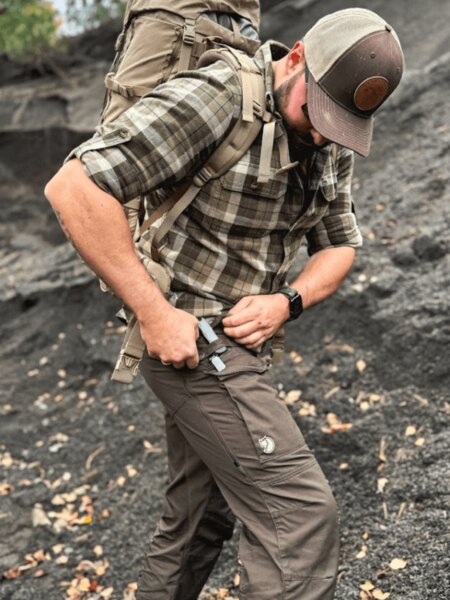
Fjällräven outdoor pants featuring an anatomical fit and practical pockets. Excellent for technical terrain and extended backpacking trips.
💧 Caring for DWR: How to Keep Pants Water-Resistant
DWR (Durable Water Repellent) is a surface treatment that ensures water beads off the pants instead of soaking into the fabric. To keep it functioning for as long as possible, it needs proper care.
🧼 How to wash outdoor pants with DWR?
• Wash inside out, on a gentle cycle (30 °C), without fabric softener.
• Use detergents designed for technical clothing.
• After washing, you can restore the effect with mild heat – for example, drying in a dryer on low heat (if the label allows) or ironing through a towel.
🛡️ How to know if DWR is no longer working?
• Water stops beading and starts soaking into the material.
• Pants take longer to dry than usual.
• The fabric appears darker or soaked after rain.
🧴 Restoring the impregnation
• Use an impregnation spray or wash-in impregnation designed for DWR fabric.
• The ideal application is after washing and drying, always following the manufacturer's instructions.
• 🎓 Detailed instructions can be found in the article: How to Properly Impregnate Outdoor Equipment
Choosing by Climate and Terrain
🌵 Dry and Hot
For dry and hot weather, go with lightweight, breathable fabrics and good ventilation. Convertible pants with venting behind the knees and UPF protection are ideal. In extreme heat, lighter colors and quick-drying materials offer added comfort. Long pants protect against both sunburn and scratches.
❄️ Chilly Days and Challenging Conditions
In cold or challenging conditions, softshells or tightly woven fabrics with wind-blocking features work well. Look for reinforced areas and adjustable cuffs. Insulated or layer-friendly pants help retain warmth while staying breathable.
💧 Wet and Rainy Conditions
For wet or rainy environments, a DWR finish is a must, but packable waterproof overpants are also useful. The quicker the fabric dries, the better. In persistently damp conditions, consider pants with high-level water resistance or pair them with waterproof gaiters.
Blizzard StormStretch® Helikon-Tex®
Technical pants built for demanding conditions, combining softshell durability with excellent comfort. The StormStretch® fabric is wind-resistant, DWR-treated for partial water repellency, and flexible enough to handle climbing, wet weather, and dynamic movement in the field. Featuring an anatomical fit, reinforced seat and knees, and an integrated belt, these pants are ideal for mountain environments or use at the shooting range.
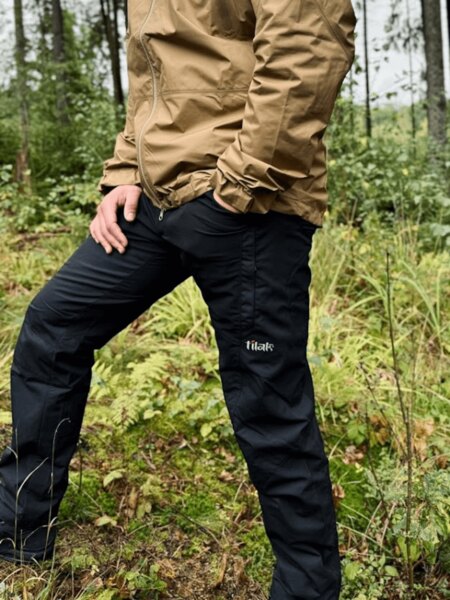
Tilak outdoor pants built for movement in forested terrain. Durable materials, functional design, and technical details ensure maximum freedom of motion.
Fit and Comfort: What to Look For
Your pants should move with you—not against you. A proper fit stays in place at the waist without constant adjusting and doesn’t restrict the crotch during steep steps or squats. Knees and thighs should have enough room for movement, without excessive fabric that flaps or bunches. The best way to test them? Try a squat, lunge, or step-up. If you plan to wear base layers underneath, factor that into your sizing—tight pants reduce comfort and performance.
Summary: What Matters When Choosing Outdoor Pants
Choose based on the nature and duration of your activity, the terrain, and expected weather. Decide whether a standard, convertible, or roll-up style suits your needs. Pay attention to materials—features like ripstop, stretch zones, DWR coating, and UPF protection significantly improve usability. Don't forget the small details like pockets, leg cuffs, or ventilation. And when all that’s sorted—you can think about color. Let’s face it, olive green is always a tactical classic.
Readers are further interested

